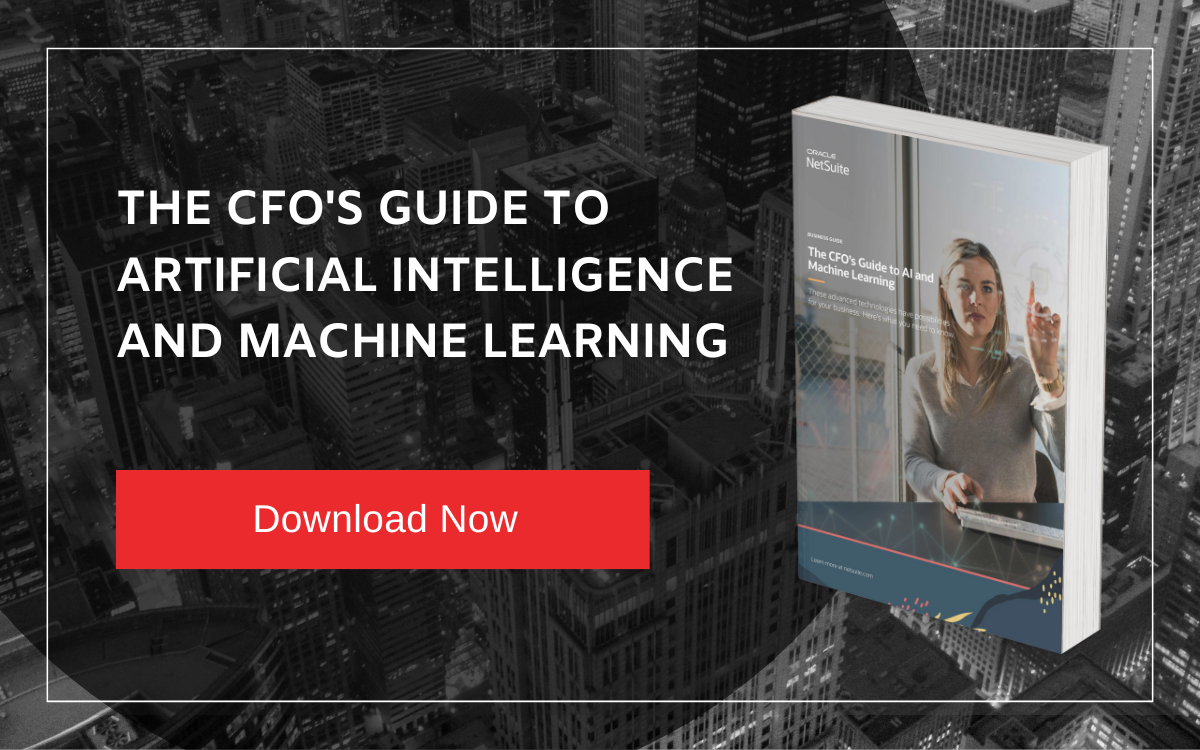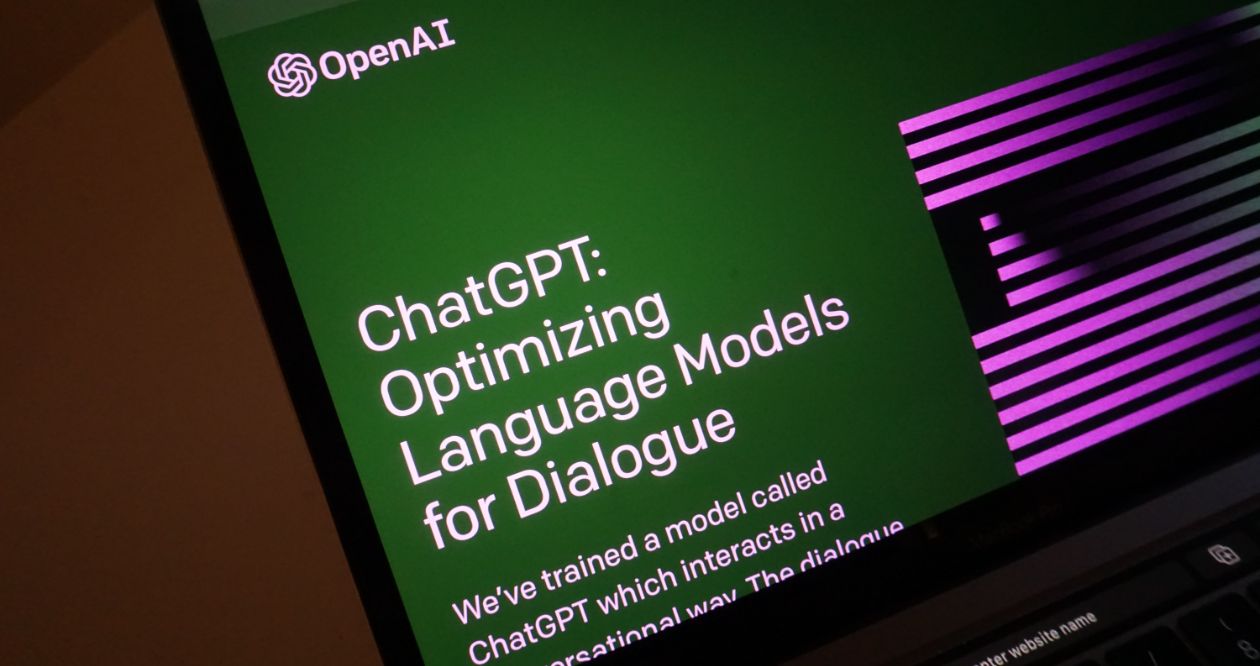Generative AI, like OpenAI's ChatGPT, has become a popular buzzword in business, including the finance function in businesses of all sizes. The new technology has been adopted quickly into new software and tools to address the complex demands of finance professionals with tailored solutions.
However, finance professionals have long relied on predictive AI technology in their finance software and tools for years, to carry out critical tasks such as data analysis and forecasting market trends.
Let’s look at some of the most popular software solutions tailored for finance professionals, and see how these have leveraged AI – of the classic predictive or novel generative type – to power their functionalities.
First, let’s take a look at a couple of software products that leverage AI to ease the accounting process for financial professionals.
Accounting Tools Powered By AI
1. Booke.ai
%20(1).png?width=1000&height=666&name=main-block-illustration%20(1)%20(1).png) Overview of Booke AI dashboard; Source: Booke AI Inc.
Overview of Booke AI dashboard; Source: Booke AI Inc.
Intended for: Bookkeeping and Accounting
Booke.ai leverages AI to automate bookkeeping, and helps the finance team achieve an effortless month-end close. It does so with an AI-driven transaction categorisation feature which continually learns and improves its reliability and accuracy, reducing the need for manual transactions and improving the overall efficiency of the finance function.
Where Booke.ai stands out is in its advanced error detection technology, which helps users identify and rectify bookkeeping errors with ease. It fixed uncategorised transactions and coding errors, ensuring that your financial records are accurate.
2. Nanonets Flow
Automate your accounts payable with Nanonets Flow
Intended for: Accounts Payable (AP)
Nanonets Flow is an innovative platform designed to greatly streamline the accounts payable (AP) process, utilising ML and NLP to significantly automate the AP process.
It uses advanced optical recognition technology (OCR) to extract structured data from unstructured documents, such as invoices, receipts, and bank statements. Then, Nanonets Flow’s built-in learning AI validates the extracted data, ensuring its accuracy.
At the same time, the learning AI algorithms built into Nanoflow learns with every document proceeded, improving its accuracy with continued use.
FP&A Tools Powered By AI
1. Datarails FP&A Genius
%20(1).jpg?width=1000&height=666&name=ai2%20(1)%20(1).jpg) Seek answers to your questions easily with Datarails FP&A Genius; Source: Datarails
Seek answers to your questions easily with Datarails FP&A Genius; Source: Datarails
Intended for: CFOs and FP&A analysts
Datarails has long been a pioneer of automating manual work and empowering finance professionals to focus on their strategic value. And now, with the release of FP&A Genius, Datarails is poised to take the automation of financial planning and analysis (FP&A) to the next level.
A ChatGPT-style, generative AI-driven chatbot, FP&A Genius draws on real-time data from the main Datarails solution to provide answers to critical financial questions as quickly and accurately as possible. It’s especially useful for generating insights into an SME’s finances on the spot, thus answering the “what if” and scenario questions that management tend to ask finance professionals, and enabling more informed and strategic decision-making.
2. Planful Predict
%20(1)%20(1).webp?width=1000&height=409&name=Frame-417%20(2)%20(1)%20(1).webp) Overview of Planful finance dashboard; Source: Planful
Overview of Planful finance dashboard; Source: Planful
Intended for: CFOs and FP&A analysts
Planful Predict is, like Datarails FP&A Genius, an AI-powered extension of the main Planful financial performance platform. It comes as a suite of AI programmes that for Planful; there are currently two such tools under the Predict suite.
Predict: Signals is Planful’s first AI programme, and is designed to spot mistakes in data, formulas, and financial predictions. It then flags these errors for checking and fixing, and thus eliminates the possibility of human error in projections and reports.
Predict: Predictions, on the other hand, takes it a step further by creating forecasts informed by historical data. Such projections are thus unbiased, and informed solely by the data and the AI’s understanding of the variables affecting an SME.
Through this, Planful Predict combines the data integration of FP&A tools along with AI and ML to give an accurate view of an SME’s business performance, and provide suitable insights to CFOs and CEOs to drive their decision-making.
Compliance Tools Powered By AI
Trullion
%20(1).png?width=1000&height=386&name=Capture%20(4)%20(1).png) Trullion makes auditing seamless by enabling the tracking of data to its source; Source: Trullion
Trullion makes auditing seamless by enabling the tracking of data to its source; Source: Trullion
Intended for: Compliance and audit teams in finance departments
Trullion utilises AI to help accounting teams streamline revenue recognition and lease accounting, while ensuring workflow efficiency and compliance at the same time. It enhances accuracy for accountants by automating lease and revenue workflows, allowing for real-time report production, cost reduction, and minimising the risk of non-compliance.
At the same time, Trullion also caters to the needs of auditors by providing access to a clear audit trail. This enables the tracing of data back to its source, which streamlines the auditing process and provides the real-time reports which makes Trullion a robust tool for audit teams.
How AI Powers Key Features Of ERP Software
Though smaller-scale software for finance professionals such as accounting software and other similar products are also incorporating the power of AI, major brand names in the ERP software market are doing the same at an entirely different level. Here are some of the ways ERP software have leveraged AI, both today and in the past.
NetSuite Introduces New AI Features With The 2024.1 Update
%20(1).png?width=1000&height=537&name=Gen%20AI%2024.1%20(1)%20(1).png) Speed up business writing with NetSuite Text Enhance feature; Source: Oracle NetSuite
Speed up business writing with NetSuite Text Enhance feature; Source: Oracle NetSuite
With the 2024 Release 1 product update, Oracle NetSuite introduced an array of cutting-edge AI-powered features designed to revolutionise business operations and enhance productivity.
These include NetSuite Text Enhance, which leverages the Oracle Cloud Infrastructure (OCI) generative AI service across the suite, empowering end users to craft personalised, contextually-rich content to significantly boost the efficacy of multiple departments by streamlining the content creation process.
The NetSuite Bill Capture feature also utilises AI-based document object recognition and optical character recognition (OCR) technologies to ensure swift and accurate data extraction from unstructured documents. And in NetSuite Planning and Budgeting (NSPB), the Intelligent Performance Management (IPM) feature harnesses predictive algorithms fine-tuned with machine learning (ML) to continually monitors and analyses plans, forecasts and variances.
NetSuite Has Always Had Embedded AI Capabilities
That said, NetSuite has always featured extensive AI capabilities embedded within the entire suite. Even before IPM, NSPB has leveraged predictive AI algorithms powered by machine learning (ML) to help financial professionals make informed decisions based on real-time insights, and enhancing the planning and budgeting process.
Another way NetSuite has always utilised AI is in NetSuite Supply Chain Control Tower, which uses predictive AI to foresee potential supply issues and alert buyers and planners, and subsequently offer them options to resolve said issues. These usage of predictive AI underscores Oracle's NetSuite ongoing dedication to driving business excellence through the power of AI.
Microsoft Rolls Out Copilot for Dynamics 365 In 2023
Introducing Microsoft Dynamics 365 Business Central Copilot; Source: Microsoft Dynamics
Microsoft has invested into generative AI technology in a big way, with its launch of Microsoft Copilot in 2023; the world's first generative AI copilot that is natively built for both CRM and ERP software.
Already, Microsoft has released multiple Copilots designed to optimise and streamline various business functions. Copilot for Sales allows for quick update of Microsoft Dynamics 365 records, summarise emails and meetings, and prepare sales information for client outreach, and Copilot for Service enables users to build agent-facing chatbots that generate natural and engaging responses which enhance the customer experience.
Business Central Has Always Been Powered By Predictive AI
However, even before Copilot was launched last year, Business Central has leveraged predictive analytics powered by Azure AI. Its capabilities can be extended with the Sales and Inventory Forecasting extension, which predicts a business's future sales based on historical data, and thus helps a business foresee possible inventory shortages in advance and take steps to avoid it.
Another way Business Central already leverages predictive AI is with the addition of the Late Payment Prediction extension. With Azure AI, the extension can make predictions for which customers a business can expect a delay in payment from, and help business address these in advance to minimise overdue receivables, and help maintain their cash flow.
Lastly, Azure AI in Business Central also enhances cash flow forecasting through Cash Flow Analysis, aiding businesses in making proactive financial decisions that improve their fiscal health and solvency.
SAP Introduces New Generative AI Copilot, Joule
Discover the AI Copilot for your business needs; Source: SAP
SAP has also jumped into the generative AI pool, with its September 2023 introduction of Joule - a generative AI assistant which will be embedded into SAP's suite of cloud-based enterprise solutions.
Joule is schedule to be implemented first in SuccessFactors and SAP Start, with an implementation of the public edition of SAP S/4 Hana Cloud planned for early this year.
However, as it is not a true cloud-based ERP software in itself, SAP Business One doesn't appear to be included as a product which will be implemented with Joule as of the time of writing.
SMEs Deploying SAP Business One Not Left Out Of The AI Conversation
Which is not to say that SAP Business One doesn't bring any AI capabilities to the table. In fact, SAP has taken a three-pronged approach to AI for Business One over the years.
Firstly, SAP has embedded Intelligent Technology directly into the SAP Business One core; most evident in the automated document extraction processes, as well as expansions to the applications for SAP Artificial Intelligence Business Services. A planned integration of IBM's Watson AI in Business One in the near future will further accelerate NLP and understanding capabilities, while further automating back-end tasks.
Secondly, strategic third-party partners have been instrumental in extending Business One with AI capabilities, with their provision of apps which can be integrated with the ERP software through APIs to extend it with AI capabilities.
Thirdly, AI has enabled the use of SAP Intelligent RPA bots in Business One, which allows users to build automated tools for the ERP software by combining various AI business services and applications. The SAP Intelligent RPA Store also provides access to a library of pre-built automation workflows, in an intuitive visual interface which makes it easy for non-expert to create AI workflows using drag-and-drop functionality.
AI Isn't New, But Generative AI Will Enhance The User Experience Of Finance Software And Tools
%20(1).jpg?width=1000&height=666&name=shutterstock_1166508205_1920_compressed%20(1)%20(1).jpg)
Even if generative AI technology has been trending ever since the emergence of ChatGPT, with various accounting and ERP software jumping on the bandwagon, it doesn't mean AI is anything novel. Indeed, finance professionals have been heavily relying on predictive AI capabilities in their software and tools for years.
That said, the growing adoption of generative AI technology will perfectly complement the existing predictive AI powering the key features and functionalities in these finance software and tools, making them more accessible and user-friendly to finance professionals than ever before. In turn, they will be able to do even more with their accounting or ERP software of choice than ever before, and greatly enhance their ability to streamline and optimise finance processes in business of all sizes.
If you've been monitoring the rise of generative AI in your capacity as a CFO or finance leader of your business, and would like a new perspective on the role of AI and ML technology in the finance function, click on the image below to download our guide based on surveys that sampled your fellow finance executives' thoughts on the subject.




